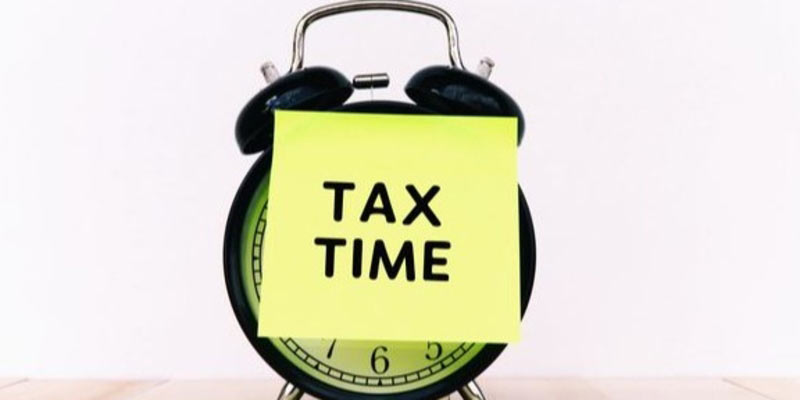A Deep Dive into Credit Card Return Protection: What You Need to Know
When you buy something and it doesn't work out, returning it should be straightforward. But what if the store won't take it back? This is where credit card return protection steps in. Let's break it down in a way that's easy to understand.
Credit card return protection is a perk offered by some credit cards. It allows you to return an item even if the store won't accept it back. This benefit can save you money and hassle, making it a valuable feature to look for in a credit card.
What is Credit Card Return Protection?
Credit card return protection is a feature that allows cardholders to return eligible items for a refund within a specific time frame, even if the retailer refuses to take the item back. Typically, this period ranges from 30 to 90 days after the purchase date.
How Does It Work?
Here's a step-by-step explanation of how credit card return protection works:
Purchase: Buy an item using your credit card.
Return: Try to return the item to the store within the allowed period.
Denied Return: If the store won't accept the return, contact your credit card issuer.
Claim: File a claim with your credit card issuer for return protection.
Refund: If your claim is approved, the credit card company will refund you the purchase price, usually up to a specific limit.
Key Features of Credit Card Return Protection
Credit card return protection offers a range of features that can vary depending on the issuer. Understanding these features can help you make the most of this benefit. Let's delve deeper into each aspect:
Time Frame
The time frame within which you can return items under credit card return protection typically ranges from 30 to 90 days. This period allows you ample time to assess the purchased item and decide if it meets your expectations. However, it's essential to be mindful of this time frame and initiate the return process to ensure eligibility for protection.
Coverage Limit
Another crucial aspect of credit card return protection is the coverage limit. This limit refers to the maximum reimbursement amount per item and annually. While coverage limits vary among credit card issuers, they generally range from $250 to $500 per item and up to $1,000 to $2,500 annually. It's essential to review your card's terms and conditions to understand the specific limits applicable to your account.
Eligible Items

While credit card return protection offers valuable coverage, not all items are eligible for reimbursement. Common exclusions include perishable goods, custom-made items, and vehicles. Additionally, items that have been intentionally damaged or altered may not qualify for protection. It's crucial to familiarize yourself with the list of eligible and ineligible items outlined in your credit card's terms to avoid any misunderstandings when filing a claim.
Documentation
To process a return protection claim successfully, you'll need to provide certain documentation. This typically includes proof of purchase, such as a receipt or credit card statement, demonstrating that the item was bought using the eligible credit card.
Additionally, you may be required to submit a statement from the retailer confirming their refusal to accept the return. Accurate and complete documentation is essential for a smooth claims process, so it's advisable to keep records of your purchases and related communications with retailers.
Why Use Credit Card Return Protection?
Credit card return protection can be a lifesaver for several reasons:
1. Peace of Mind: Knowing you have an extra layer of security can make shopping less stressful.
2. Financial Safety Net: If you buy something expensive and the store won't take it back, you're not stuck with it.
3. Convenience: Handling returns through your credit card company can be more straightforward than dealing with some retailers.
How to Make a Return Protection Claim?
Filing a credit card return protection claim usually involves these steps:
Check Your Card's Benefits: Confirm that your card offers return protection and understand the specifics.
Attempt to Return: Try to return the item to the store first.
Gather Documents: Collect your receipt, credit card statement, and a letter or email from the retailer stating they won't accept the return.
Contact Your Issuer: Notify your credit card issuer and submit the necessary documents.
Wait for Approval: The issuer will review your claim and, if approved, issue a refund.
Limitations and Exclusions
While credit card return protection is beneficial, it's important to know its limits:
Exclusions: Items like perishable goods, custom orders, and real estate are generally not covered.
Time Limits: Claims must be filed within a specific period, often within 90 days of purchase.
Documentation: Accurate and complete documentation is crucial. Missing paperwork can lead to denied claims.
Tips for Maximizing Return Protection Benefits
To get the most out of credit card return protection:

Understand Your Benefits: Familiarize yourself with your card's specific return protection terms.
Keep Records: Save all receipts and related documents.
Act Quickly: Don't delay. The sooner you file your claim, the smoother the process will be.
Stay Organized: Maintain a file for all your credit card benefits and claims.
Conclusion
Credit card return protection is a valuable benefit that can provide peace of mind and financial protection. By understanding how it works and taking advantage of it, you can shop with confidence, knowing you have a backup plan if something goes wrong.
Credit card return protection isn't just a fancy termit's a practical tool that can make your life easier. Whether you're buying electronics, clothing, or other items, knowing you have this safety net can enhance your shopping experience. So, next time you're deciding on a credit card, look beyond the rewards and consider the protection benefits, too. You might find that credit card return protection becomes one of your favorite features.












